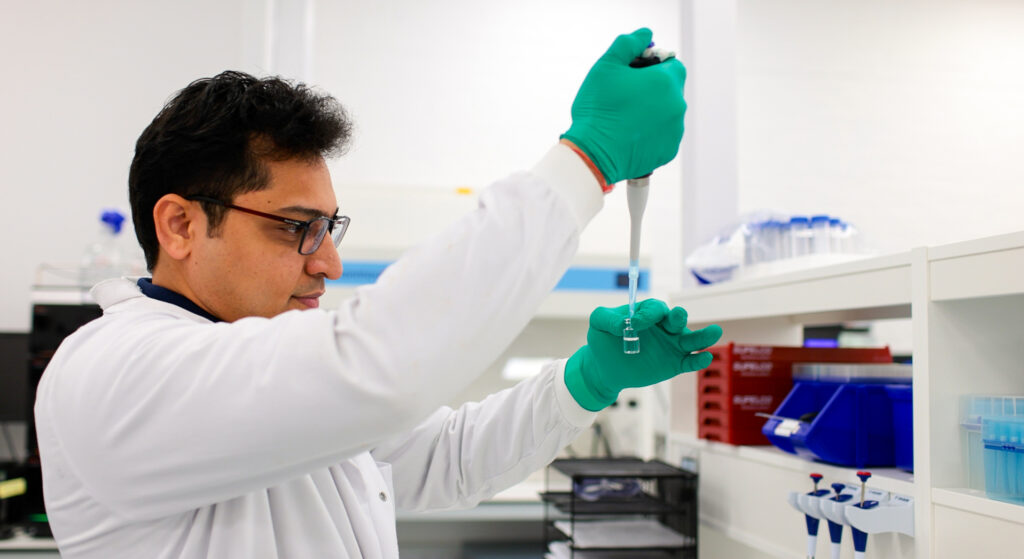At present, nearly all peptide drugs are only available as injectables, however there is well established evidence that oral delivery in the form of tablets or capsules, if achievable, improves patient compliance and adherence, thus leading to improved therapeutic efficacy and outcomes, thereby improving access and reducing overall healthcare burden compared to injectables.
However, oral delivery of peptides is extremely challenging due to their very low oral bioavailability (i.e. amount of drug that makes it to the systemic circulation). The oral bioavailability of recently approved peptide drugs, such as oral GLP-1 receptor agonist (Rybelsus®) is less than 1%, despite state of-the-art formulation design, meaning that 99% of the drug does not reach the systemic circulation and is rendered therapeutically inactive. There is thus a strong unmet need for an oral delivery technology that will significantly increase the bioavailability of therapeutic peptides
Arecor has over many years established a deep knowledge of peptide chemistry and a proven track record in significantly improving both the stability and pharmacokinetics and pharmacodynamics of peptides. The technology has been validated across a number of injectable products, including clinically, with Arecor’s proprietary diabetes products. Arecor is currently further developing its technology platform to address the significant unmet need in oral delivery of peptides.
Arecor has partnered with TRx Biosciences to address these challenges. TRx Biosciences brings a lipid-based technology for oral delivery that has so far been validated with small molecule drugs but is currently not compatible with peptides. Arecor is uniquely positioned to enable compatibility of peptides with the lipid delivery systems and achieve stability in the gastrointestinal tract and improved systemic uptake and enable a best-in-class delivery platform for therapeutic peptides. The existing development is focused on GLP-1 receptor agonists with the view to expanding the technology to other high-value peptides, particularly in the diabetes and obesity space.

